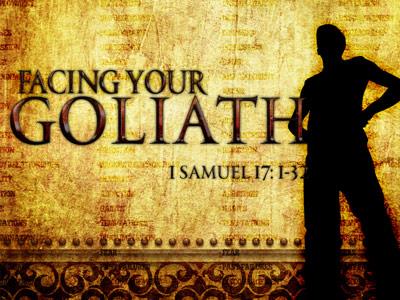-
The Apostolic Testimony
Contributed by Christopher Holdsworth on Nov 25, 2013 (message contributor)
Summary: The telling of the message: the imparting of a divine mystery.
THE APOSTOLIC TESTIMONY.
Peter had a genuine pastoral concern for the purity of the church after his own death, literally his “exodus” (2 Peter 1:14-15). The Apostle wrote his second letter against a background of false teaching which denied the second coming of our Lord Jesus Christ (2 Peter 3:3-4). Therefore he called to the witness stand the apostles (2 Peter 1:16-18) and prophets (2 Peter 1:19-21), upon whose testimony the church is built (Ephesians 2:20).
Peter emphasised the genuineness of the apostolic teaching. The “telling” (2 Peter 1:16) of the message was the imparting of a divine mystery. The Apostles were not following cleverly imagined fables in need of the de-mythologising pruning knife of the new teachers.
When the Apostles spoke of the power and coming of Jesus it was no lie, but followed on from their experience of His glory in the holy mount of transfiguration. Jesus’ preaching in Nazareth (Luke 4:16-21) had already severed “the acceptable year of the LORD” from “the day of vengeance of our God” (Isaiah 61:2). As Peter unfolded his argument it would become apparent that Jesus’ first coming was in order to usher in a dispensation of mercy, but that he would just as surely have a second coming to judgement (2 Peter 3:9-10).
In the mountain Peter, James and John “beheld His glory, the glory as of the only begotten of the Father” (John 1:14). Jesus changed in His physical appearance, shining with the brightness of His heavenly glory. The witnesses saw (and heard) Moses and Elijah talking with our Lord about His death, literally “the exodus which He would accomplish at Jerusalem” (Luke 9:31).
The incarnation of Jesus was His clothing in humility, as a sacrifice for sin. The impending “coming” of the Lord Jesus speaks of His splendid arrival as judge and king. For a brief moment, in the transfiguration, the three disciples saw the veil between heaven and earth lifted, and were “eyewitnesses” of His “majesty” (2 Peter 1:16).
The silversmiths of Ephesus may give expression to the imagined magnificence of Diana (Acts 19:27), but this does not hold a candle to the divine majesty of the Person of our Lord Jesus Christ. His is the excellence of God (Deuteronomy 33:26), the honour and majesty of the Messianic king (Psalm 21:5), the glorious splendour of the majesty of the One who rules over the words and works of Providence (Psalm 145:5). This majesty was not only manifested to the three witnesses in the mount of transfiguration, but also afterwards in the valley where the people marvelled at the majesty of God (Luke 9:43) when Jesus healed a boy who was troubled by a demon.
The Apostles were being accused of misrepresentation, so having borne testimony to what they had seen, Peter now turned to his account of what they heard. Peter speaks of a commissioning from God the Father, in which Jesus received honour and glory (2 Peter 1:17). A voice was heard from “the very excellent glory,” the pillar of cloud no less, the glory which filled the tabernacle and Temple and which was now seen momentarily on the holy mount.
“This is my Son,” said the voice, “my beloved in whom I am well pleased.” Peter does not mention that God also said “Hear ye Him” (Matthew 17:5). He is more interested at this point in what God the Father was saying about Jesus than in Jesus’ subsequent teaching.
“This voice,” says Peter, “we ourselves heard when we were with Him in the holy mount” (2 Peter 1:18). The eyewitnesses were also witnesses to the audible voice of God, which came from heaven. It was God who spoke, so the place was sacred, like Sinai (Exodus 19:23), or Zion (Psalm 2:6).
The privileged trio would have shared what they saw with the other disciples after the resurrection, making sense of it (Matthew 17:9). Even after the death of James, Peter is here still telling what he had seen (2 Peter 1:16), and what he had heard (2 Peter 1:17-18); John likewise added his testimony (1 John 1:2). The apostles informed the Jewish council that they could not remain silent about all that they had seen and heard (Acts 4:20).
The doctrine of the second coming of Christ is no pretty religious fantasy, but is a truth which was anticipated in the holy mountain (Mark 9:1-2). At the back of Peter’s apostolic testimony to the transfiguration of our Lord (2 Peter 1:16-18) lies the foundational authority of the Old Testament Scriptures (2 Peter 1:19-21). And the voice of God Himself (2 Peter 1:18).

 Sermon Central
Sermon Central



